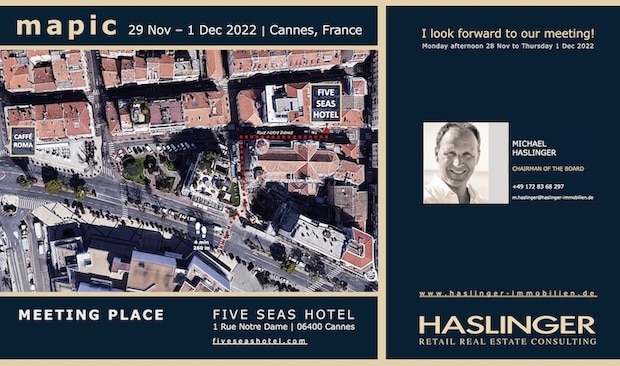🇫🇷 MAPIC 2025! We´re back!
🇫🇷 MAPIC 2025 - We´re back!
Cannes, November 4-5 2025
We’re delighted to announce that we’ll be attending MAPIC in Cannes, looking forward to numerous meetings, inspiring conversations, and valuable insights from the international retail and outlet community.
Once again, we’ll be presenting several exciting projects that are currently in development and set to be realised over the coming years – all with a clear focus on creating high-quality retail and outlet destinations across Europe.
For us, MAPIC remains one of the key events of the year – a place to exchange ideas, strengthen partnerships, and shape the future of retail together.
We look forward to inspiring days in Cannes and to reconnecting with familiar faces and meeting new partners!

